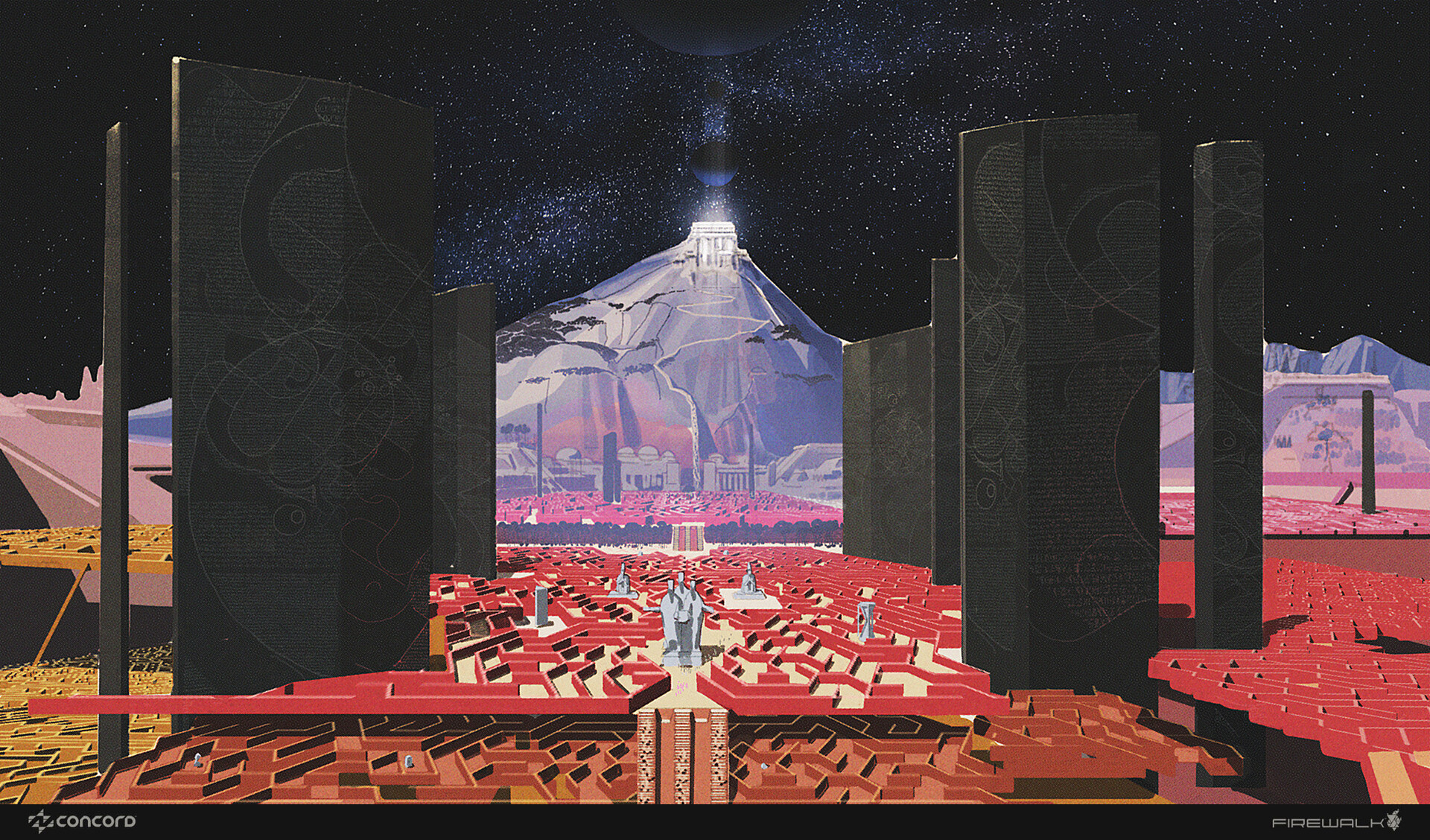Creative director reveals print inspired WP7
Mike Kruzeniski - creative director of Windows Phone 7 - explains the thinking behind Microsoft's bold UI design, and how print was a major influence
According to Mike Kruzeniski - creative director of Windows Phone 7 - print has been the primary inspiration for the UI of its Microsoft’s handheld platform, which he believes is the way all UI designers should now approach the creation of interfaces.
During his SXSW talk ‘How Print Design is the Future of Interaction’ Kruzeniski revealed why he believes desktop metaphors - such as trashcans and folders - are an unhelpful legacy of thirty years of metpahor, where designers have tried to mimic objects in UIs.
“Glossiness is out of control,” Kruzeniski said. “Highly rendered icons are kitsch. And UI design has a history of object envy, where we want to replicate things from the real world. We have 30 years of replicating garbage cans, when it’s not even a garbage can!”
A new approach
However, the web introduced a new approach to UI design. Bandwidth removed the option to create object-based UIs, and - as the web matured - it still managed to avoid desktop metaphors, and became about pushing information.
“Now we have this second approach, which is information as UI,” Kruzeniski explained. “It’s about stripping things down, and removing embellishment. What I love about that is that over time it enabled us to think about interface differently. It wasn’t a physical artifact - a button, slide, or switch I had to press - but the content becomes interactive.”
This is where print inspiration, according to Kruzeniski, can be so illuminating.
“There’s a history of print design - and the expressing and rendering information - but when you look back over the history of interaction design, we owe more to engineers and the thinkers at Xerox PARC than we do to any early architects of information like Paul Rand.
Get the Creative Bloq Newsletter
Daily design news, reviews, how-tos and more, as picked by the editors.
“This is why me and my team at WP7 started to get really inspired by print,” Kruzeniski explained. “We stopped looking at interfaces, and what interfaces were, and tried to approach things as print designers. This was really valuable because, rather than 30 years of history in UI design, we had 500 years of history to examine with print. It’s a rich catalog of design and expression.”
Seven ways to get inspired
Below are Kruzeniski’s seven ways UI designers can get inspired by print.
Grids
“We skip this sometimes, and think grids are old school, but a well designed grid helps your users understand how to interact with your UI. The grids we establish create systems that also make it easier for developers to work.”
White space
“A lot of times, this is what we’re most scared of in UI design. Think about what’s not on the page, and how well that communicates what is on the page. You create a focal point and energy with negative space which is extremely powerful. It brings people where you want them to be.”
Reduction of elements
“We really question every single element that might go into the experience, because we’re trying to get down to the most important things. The benefit for the end user is really pretty clear because you’re giving them the things that matter, and ditching those that you don’t.”
Objectivity through imagery
“The Swiss style is not well know for use of imagery in its work, and was more known for typography. But that foundation enables you to plug photos into a design to communicate the rest of a story. Sometimes we fill space with metaphor and multiple icons, but sometimes a photo can do the job.”
Typography
“The resolution of displays we now have enable us to make typography work amazingly well. We can now bring great type to the web with font replacement, and use it to bring rhythm and flow to a page or UI. The Swiss were exceptionally talented at creating energy and story with nothing but type. If you focus on type, then the pay-off is huge.”
Proportion and pacing
“Again, I think sometimes the interfaces we create feel too plain. what graphic design is good at is creating weight and scale, that offer pace. This is particularly useful for UI design.”
Universality and iconography
“I feel we’ve lost control of icons - they’re everywhere! To me the icon is only useful is everyone understands what it means.”
For more information on Mike Kruzeniski you can visit his website here: http://mkruzeniski.posterous.com/

Thank you for reading 5 articles this month* Join now for unlimited access
Enjoy your first month for just £1 / $1 / €1
*Read 5 free articles per month without a subscription

Join now for unlimited access
Try first month for just £1 / $1 / €1

The Creative Bloq team is made up of a group of art and design enthusiasts, and has changed and evolved since Creative Bloq began back in 2012. The current website team consists of eight full-time members of staff: Editor Georgia Coggan, Deputy Editor Rosie Hilder, Ecommerce Editor Beren Neale, Senior News Editor Daniel Piper, Editor, Digital Art and 3D Ian Dean, Tech Reviews Editor Erlingur Einarsson, Ecommerce Writer Beth Nicholls and Staff Writer Natalie Fear, as well as a roster of freelancers from around the world. The ImagineFX magazine team also pitch in, ensuring that content from leading digital art publication ImagineFX is represented on Creative Bloq.
